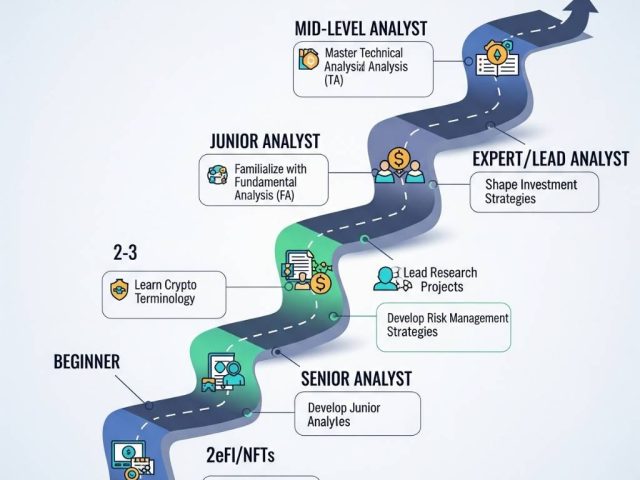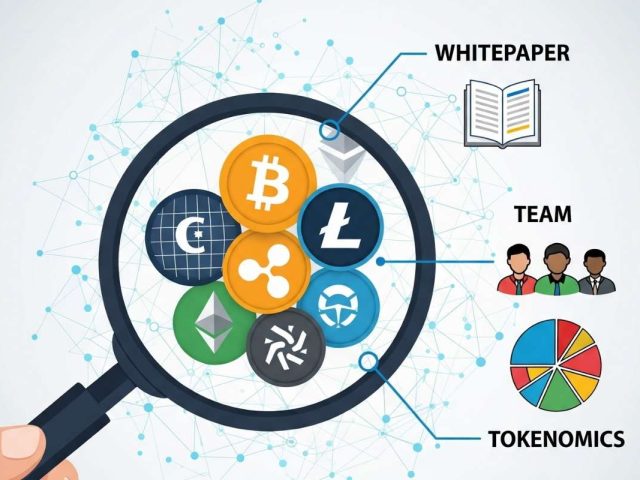Bitcoin DeFi (BTCFi) is a burgeoning sector that leverages the power of decentralized finance (DeFi) on the Bitcoin blockchain. By combining the security and decentralization of Bitcoin with the innovative financial tools of DeFi, BTCFi offers a new paradigm for financial services.
What is Bitcoin DeFi?
BTCFi is a relatively new concept that aims to bring the benefits of DeFi to the Bitcoin ecosystem. Unlike traditional DeFi, which primarily operates on Ethereum, BTCFi utilizes the Bitcoin blockchain as its underlying infrastructure. This approach offers several advantages, including:
- Increased accessibility to DeFi: Bitcoin’s widespread adoption and established infrastructure make it more accessible to a broader range of users.
- Enhanced privacy and security: Bitcoin’s strong privacy features and robust security model provide a safer environment for financial transactions.
- Lower transaction fees: Bitcoin’s lower transaction fees compared to Ethereum can make DeFi interactions more cost-effective.
The Benefits of BTCFi
BTCFi offers a wide range of benefits, including:
- Financial inclusion: By removing intermediaries and providing access to financial services without traditional barriers, BTCFi can empower individuals and communities worldwide.
- Decentralization and censorship resistance: BTCFi operates on a decentralized network, making it resistant to censorship and government interference.
- Innovation and experimentation: The DeFi ecosystem is constantly evolving, and BTCFi provides a platform for developers to experiment with new financial products and services.
The Risks of BTCFi
While BTCFi offers significant potential, it also comes with inherent risks:
- Volatility and market risk: The cryptocurrency market is highly volatile, and the value of Bitcoin and other cryptocurrencies can fluctuate significantly.
- Smart contract risks: Smart contracts, the self-executing contracts that underpin DeFi, can contain vulnerabilities that could be exploited by malicious actors.
- Regulatory uncertainty: The regulatory landscape for cryptocurrencies is constantly changing, and regulatory uncertainty can create challenges for the industry.
Key Components of BTCFi
To fully understand BTCFi, it’s essential to grasp its core components:
Bitcoin-Based Stablecoins
Stablecoins are cryptocurrencies designed to maintain a stable price, often pegged to a fiat currency like the US dollar. Bitcoin-based stablecoins leverage the security and decentralization of Bitcoin to provide a more reliable and transparent alternative to traditional fiat currencies.
Decentralized Exchanges (DEXs)
DEXs are platforms that allow users to trade cryptocurrencies directly with each other without the need for intermediaries. Bitcoin-based DEXs offer a decentralized and permissionless way to trade Bitcoin and other cryptocurrencies.
Lending and Borrowing Platforms
Lending and borrowing platforms enable users to lend and borrow cryptocurrencies. Bitcoin-based lending and borrowing platforms provide opportunities for users to earn interest on their Bitcoin holdings or access liquidity by borrowing against their Bitcoin.
Yield Farming and Staking
Yield farming and staking are popular ways to earn rewards in the DeFi ecosystem. Bitcoin-based yield farming and staking platforms allow users to earn rewards by providing liquidity or staking their Bitcoin.
How to Get Started with BTCFi
If you’re interested in exploring the world of BTCFi, here’s a basic guide to get you started:
Setting Up a Bitcoin Wallet
The first step is to set up a Bitcoin wallet. A Bitcoin wallet is a digital wallet that allows you to store, send, and receive Bitcoin. There are various types of Bitcoin wallets available, including:
- Software wallets: These wallets are installed on your computer or mobile device.
- Hardware wallets: These wallets are physical devices that store your private keys offline.
- Web wallets: These wallets are accessed through a web browser.
When choosing a wallet, consider factors such as security, user-friendliness, and the features offered.
Acquiring Bitcoin
Once you have a Bitcoin wallet, you’ll need to acquire Bitcoin. There are several ways to do this:
- Cryptocurrency exchanges: You can buy Bitcoin on cryptocurrency exchanges like Coinbase, Binance, or Kraken.
- Peer-to-peer trading: You can buy Bitcoin directly from other individuals using platforms like LocalBitcoins.
Interacting with BTCFi Platforms
To interact with BTCFi platforms, you’ll need to connect your Bitcoin wallet to the platform. Most platforms provide clear instructions on how to do this. Once connected, you can start exploring the various DeFi services offered, such as lending, borrowing, yield farming, and staking.
The Future of BTCFi
The future of BTCFi is filled with exciting possibilities. As the technology continues to evolve, we can expect to see a wide range of innovative applications emerge:
Potential Use Cases
- Cross-chain interoperability: BTCFi can facilitate seamless interoperability between different blockchains, enabling the transfer of value and data across various networks.
- Decentralized finance applications: BTCFi can power a wide range of decentralized financial applications, such as decentralized exchanges, lending platforms, and insurance protocols.
- Real-world applications: BTCFi can be used to solve real-world problems, such as supply chain management, identity verification, and voting systems.
Challenges and Opportunities
While the future of BTCFi is bright, there are several challenges that need to be addressed:
- Scalability issues: As the popularity of BTCFi grows, scalability issues may arise, limiting the network’s capacity to handle a large number of transactions.
- Regulatory hurdles: Regulatory uncertainty can hinder the growth and adoption of BTCFi.
- Security risks: The decentralized nature of DeFi makes it vulnerable to security threats, such as hacks and scams.
Despite these challenges, the future of BTCFi is promising. With continued innovation and development, BTCFi has the potential to revolutionize the way we interact with finance and technology.
Conclusion
Bitcoin DeFi (BTCFi) represents a significant step forward in the evolution of decentralized finance. By leveraging the security and decentralization of Bitcoin, BTCFi offers a wide range of innovative financial services. While there are challenges to overcome, the potential benefits of BTCFi are immense.
As the technology continues to mature, we can expect to see a proliferation of new and exciting applications. By staying informed and taking the necessary precautions, individuals can safely and securely participate in the growth of BTCFi.
FAQs
-
What is the difference between BTCFi and traditional DeFi? BTCFi primarily operates on the Bitcoin blockchain, while traditional DeFi is primarily based on Ethereum. Bitcoin’s security and decentralization offer unique advantages, but it also has limitations in terms of scalability and smart contract functionality.
-
Is BTCFi safe and secure? BTCFi can be safe and secure if proper precautions are taken. It’s essential to use reputable platforms, secure your wallet, and stay informed about the latest security best practices.
-
How can I protect myself from scams and hacks in the BTCFi space? To protect yourself from scams and hacks, be cautious of phishing attacks, avoid sharing your private keys, and keep your software and hardware wallets up-to-date.
-
What are the future prospects of BTCFi? The future of BTCFi is promising. As the technology continues to evolve, we can expect to see a wide range of innovative applications emerge, from decentralized finance to real-world solutions.
-
How can I stay updated on the latest developments in BTCFi? To stay updated on the latest developments in BTCFi, follow reputable news sources, join online communities, and participate in discussions on social media.





